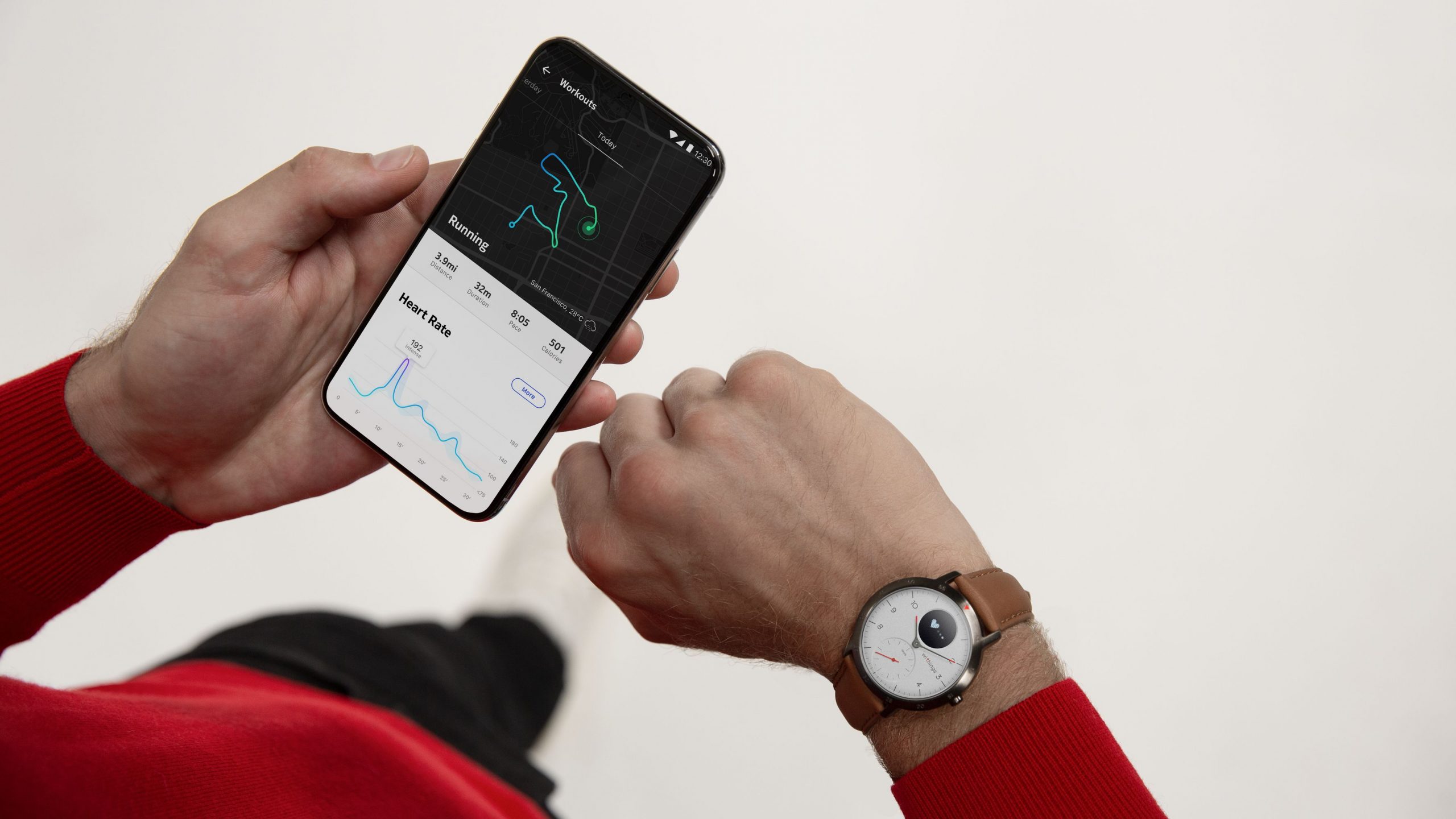
What is rucking and why is it becoming a fitness fad? Read on for rucking history, benefits, and more.

Rucking sounds like a Scooby Doo curse word, but in fact, it is a new fitness trend sweeping the nation. If you haven’t spent time in or around the military, you may not be familiar with this fitness activity that dates back to the American Revolution. And although I didn’t know the term at the time, rucking is, in fact, the reason why I was so thin in college, roaming the campus for hours on foot wearing a backpack the size of Texas.
The short and sweet definition of rucking is walking with a weighted pack on your back. The name is derived from “ruck sack,” which is a military term for backpack. Rucking is based on the military training exercise of marching or walking while wearing a backpack loaded with heavy gear, but it turns out this form of fitness can be super effective for the civilian population as well.
The Navy Seals often tote packs bearing the equivalent weight of a grown man for up to 25 miles, but adding just a little weight to a backpack that you already own and going out for a walk can be great for calorie burning, fat loss, and a myriad of other health benefits. You don’t even have to buy weights – just fill up your backpack with books, cans, or other household objects that add heft and hit the trails.
You won’t be rucking alone out there either. The popularity of rucking as a form of fitness, especially among men, is skyrocketing. In May of last year, HNGN ran the headline, “Fitness Trend 2015: Rucking Emerges as Number One Choice.” A recent article about the rucking craze in Men’s Health Magazine explains the difference that walking with the backpack makes. “For the average guy, a 30-minute walk burns about 125 calories,” according to the Compendium of Physical Activities, “but throw a weighted backpack on and take that exact same walk, and you burn about 325 calories.” The article goes on to state that the benefits of a weighted backpack worn for 30 minutes every day can add up to nearly 10 pounds of fat burning in a year.
Hearing about this exercise, I assumed it might be hard on your back since that is where you’re carrying the weight, but it turns out the opposite may be true. Some experts say that a weighted backpack helps hold your torso up, so your back muscles don’t have to work as hard. Another benefit is that rucking is said to have a lower injury rate than jogging or running, but can offer similar results.
Rucking is a social fitness activity that can connect you to your community. It can get you out of your gym and into the outdoors where tackling different terrains is also good for your brain. With rucking, you can even transform everyday activities into calorie crushing and fat burning opportunities. Do you walk the dog? Throw on a weighted backpack. Do you stroll with your new baby? Put the baby in a baby carrier on your back instead. Do you walk to the store? Take a backpack and bring your groceries home on your back. You can also check websites to find local meet-ups for group rucking hikes or walks in your hometown. Rucking is the chance to become commander of your fitness, while you take down fat and conquer calories.



